But why data transfer via power line (PLC) is not a thing, really? It sounds much cleaner without all that RF noise?
As someone having worked with the powerline channel: Hahahahaaa.... hahaha.
The noise on a power line that is meant to transport power to power supplies, small fast-turning commutated motors, large slow-turning motors, large heaters, and a bazillion of electronic devices is by far worse in any usable bandwidth compared to what you see in RF on an ISM band.
And to make matter worse: where it's very doable to impedance-match an antenna for a range of frequencies large enough for communication, powerline has a very frequency-dependent impedance, and especially the frequencies with low noise are the ones that are lower in impedance and thus require more power to drive.
Oh, and to make matters even worse: even for very narrowband usage, the channel isn't stationary, but at the very least highly cyclostationary (with grid frequency), where there's times that are very badly usable, at all. One can deal with that, but it comes with an inevitable waste of power, or with an non-deterministic latency in the order of a grid period, making this a very undesirable medium for time-critical control.
I've looked in to power line modem chips and they are quite expensive ($3 and up), compared to ESP chipset. Is this the reason?
Cost is usually the result of technical complexity and volume. But yes, powerline comms requires a very strong driver frontend, because the impedance of power line of course is very low (you want that, or else you'd be losing a lot of energy when using the powerline for power). That's hard.
Also, powerline comms is inherently very frequency-selective, so very complicated equalizer systems are necesary, driving up processing complexity, too.
$3 for a PLC chip is pretty impressively cheap, by the way. One of the reason a very wideband, complex, impressive chip like the ESP32 is even cheaper is the economics of scale, and the different expectations for reliability.
Multiple PLC devices also need a single interface ("hub") to WiFi. Is this another reason?
That's not true. Network architecture has nothing to do with the physical medium. Just as you can have ad-hoc WiFi networks, you can have ad-hoc powerline networks. Both are a bad idea as soon as the network becomes sufficiently complex.
So, in the end:
But why data transfer via power line (PLC) is not a thing, really?
PLC is mostly dead, at least indoors, because RF turns out to be easier, requires less energy, can actually be made very robust (especially in the low-datarate regime), and doesn't require expensive couplers (you really don't want to connect your semiconductor PLC modem to your power line without protection, most often in the shape of a transformer), but only relatively small antennas. The high speed of modern semiconductors makes modulating a signal onto an RF carrier easier than putting it on a cable that was meant for power distribution, not data signalling.
I say mostly, because of course there are modern PLC standards – both for indoors, as well as for backhaul communications (e.g. for letting your smart electricity meter communicate with the power company, or the transformer station outside your block to the next substation). Some of them are very robust, others are nearly as fast as wired Gigabit ethernet, at least theoretically. But none of them are as cheap to build as RF comms.

